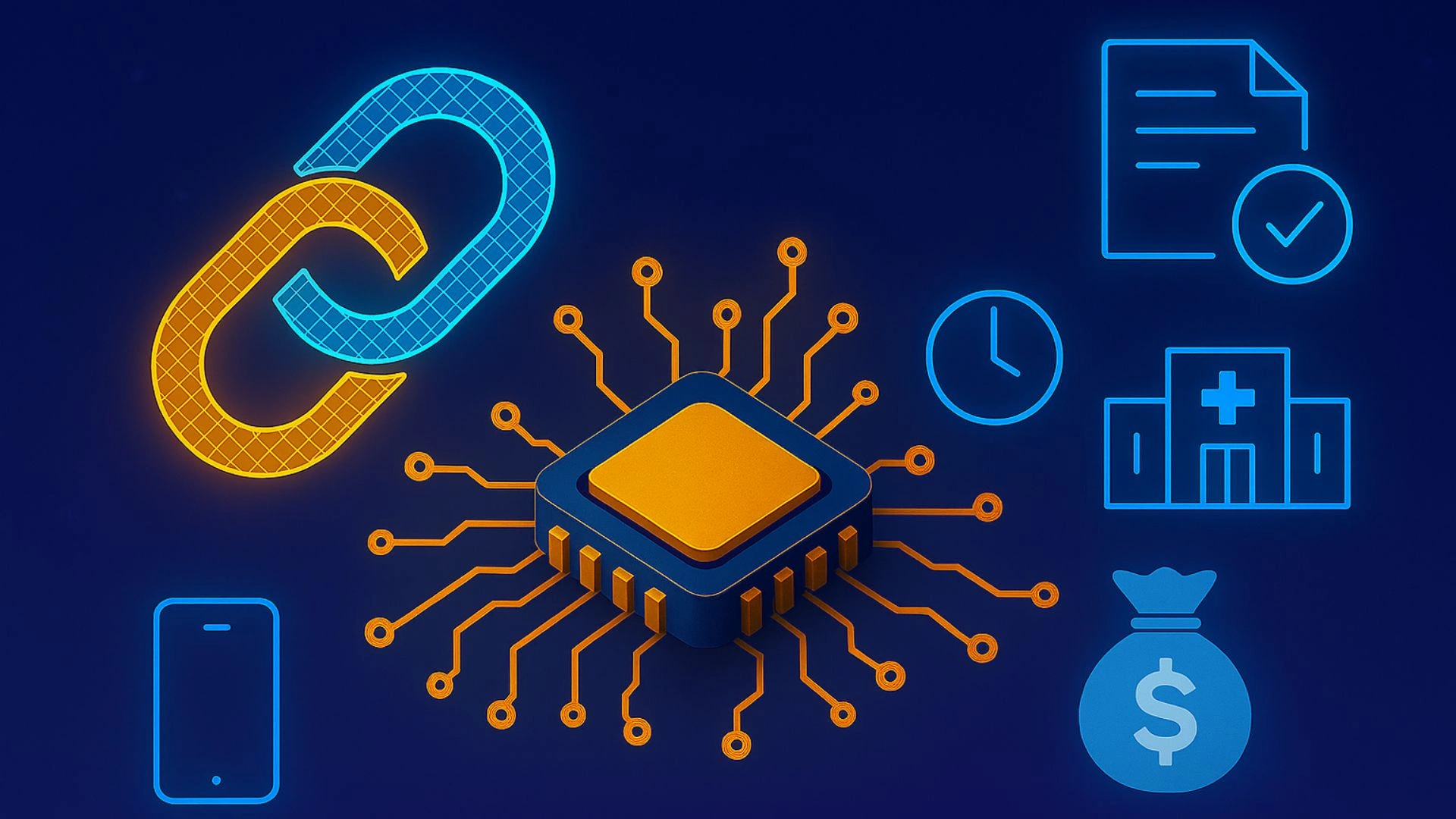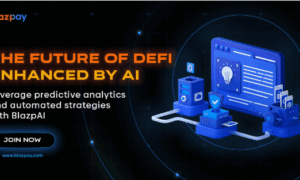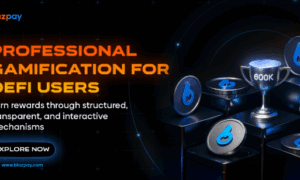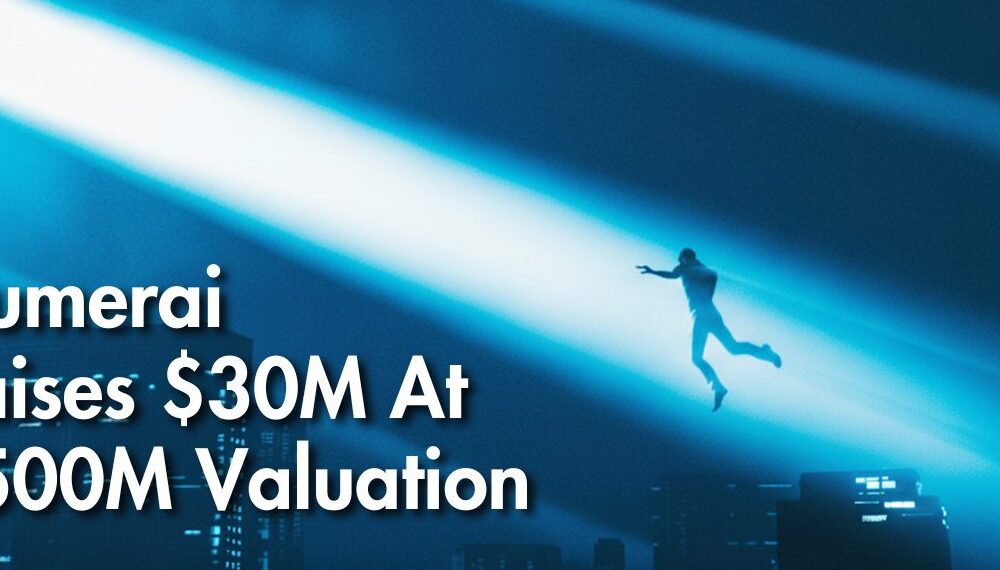When most people first heard of blockchain, it was usually tied to Bitcoin and other cryptocurrencies. Fast forward to 2025, and blockchain has grown into much more than a system for digital money. Today, it acts as a powerful infrastructure with real-world applications across dozens of industries. At its core, blockchain thrives on four key traits—decentralization, transparency, immutability, and automation through smart contracts. Together, these features are redefining how businesses, governments, and even individuals handle trust, data, and transactions.
Supply Chain: Clarity from Farm to Shelf
Supply chains are notoriously complicated. Products move through countless hands, leaving room for delays, fraud, and hidden costs. Blockchain cuts through that complexity by keeping a single, tamper-proof record of every step a product takes. Companies like Walmart and IBM Food Trust already use blockchain to track food from farms all the way to supermarket shelves. This means shoppers can know exactly where their produce comes from—and contaminated products can be traced in seconds instead of weeks.
Healthcare: Protecting Patients and Cutting Red Tape
In healthcare, data privacy and interoperability have always been huge challenges. Blockchain offers a solution by giving patients control of their records while still letting authorized providers access them securely. Startups like technology show how this technology can protect sensitive data, verify clinical trial results, and even fight counterfeit drugs. Smart contracts can also automate insurance claims, making the process faster and far less error-prone.
Digital Identity: Taking Back Control
Our digital identities are scattered across countless platforms, often managed by third parties. Blockchain flips that model. Through decentralized identifiers (DIDs), people can own and manage their own identity data. Projects such as Microsoft ION and ID2020 are building systems where users verify themselves without relying on centralized authorities. This reduces fraud and gives people stronger control over their personal information—whether they’re logging in online or proving who they are in person.
Finance: The Rise of DeFi
Blockchain’s financial roots are still strong, but they’ve grown far beyond trading coins. Decentralized Finance (DeFi) platforms like Aave and Compound let people lend, borrow, and insure assets without banks acting as middlemen. By running these services on smart contracts, users gain access to financial tools that were once limited to big institutions. Real-world assets, like real estate or art, are also being “tokenized,” opening up new ways to invest.
Intellectual Property and Media: Fair Pay for Creators
Artists, musicians, and writers have long struggled with piracy and unfair royalty systems. Blockchain helps solve that by creating unchangeable ownership records and automating royalty payments. Platforms like Audius use blockchain to let musicians share their work securely while ensuring they get paid fairly. NFTs and decentralized content marketplaces also give creators more power over how their work is distributed.
Real Estate: Faster, Smarter Deals
Buying or selling property usually means piles of paperwork and slow-moving bureaucracy. Blockchain simplifies this by keeping transparent, secure ownership records. Platforms like Propy are making real estate deals faster and cheaper through tokenization and smart contract escrows. It even allows fractional ownership, letting more people invest in real estate without needing massive amounts of capital.
Government: Building Trust with Technology
Some governments are turning to blockchain to boost transparency and public trust. Estonia, for example, has pioneered blockchain-based ID systems and even e-voting. This approach helps prevent fraud, strengthens trust in elections, and makes public records more reliable. Land registries and identity verification are other areas where blockchain is already proving valuable.
Other Sectors: Quiet but Powerful Shifts
- Education: Schools and universities are issuing tamper-proof digital diplomas that can’t be faked.
- Energy: Peer-to-peer energy trading and transparent tracking of consumption are becoming real possibilities.
- Insurance: Smart contracts can process claims instantly, cutting down fraud and delays.
- Retail: Shoppers can scan products to confirm authenticity and ethical sourcing before buying.
The Bottom Line
Blockchain has clearly moved far beyond its crypto beginnings. Whether it’s keeping food safe, protecting patients’ health data, or giving artists fair pay, blockchain is becoming the backbone of systems built on trust and transparency. As adoption spreads, we’re watching industries transform into decentralized, accountable networks better suited to the demands of today’s digital-first world.





























